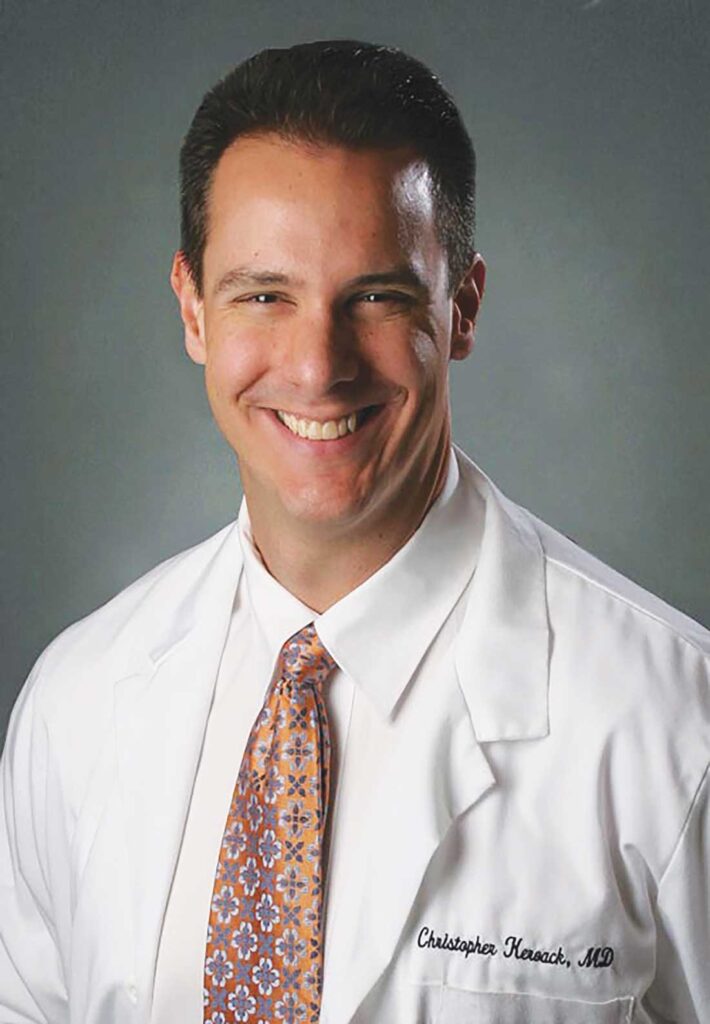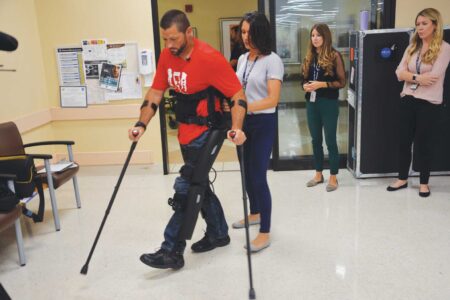Embracing Complementary Medical Perspectives for Healthy Balance
Christopher Keroack G’92 takes the whole patient into account
Back when Christopher Keroack G’92 was still in medical school, his father, a pioneering emergency-room physician, liked to remind him of the importance of careful listening. “Chris,” the older doctor would say, “Listen to the patient. They’re telling you the diagnosis.”

Keroack took his dad’s advice to heart, and it led him down a unique path to a holistic approach called functional medicine. The subject of his 2016 book, “Changing Directions: Navigating the Path to Optimal Health and Balanced Living,” and the founding principle for his practice is that one must take the whole patient into account.
“Many people who come to see the doctor are frustrated with the current Western model,” Keroack says. “They may love their doctor, but they can be frustrated with the limited time they get with their physician, as well as the use of prescription medications to treat imbalances that they have.”
Keroack, who followed up his master’s degree in Exercise Physiology at Springfield College with an MD at Tufts University School of Medicine, is a committed practitioner of Western medicine for acute care and situations. But he found in the early years of his career that helping patients change their lifestyles could be just as important as treating their acute symptoms in achieving overall well-being.
He began attending the national conferences at the Institute for Functional Medicine, and for the past 10 years, his work has been based at the New England Center for Functional Medicine, the private holistic medical practice he founded.
At the center, in numerous articles, and in speaking engagements around the United States and Canada, Keroack champions the importance of “foundational factors,” emphasizing the ways that an informed approach to food, movement, stress, sleep, and relationships can contribute to long-term health and well-being.

“The triquetra symbolizes the blending of the mental, the physical, and the spiritual, just as Springfield’s Humanics triangle symbolizes mind, body, and spirit. These three aspects are the focus of our approach to balance and wellness.”
Christopher Keroack G’92
“When I meet with a patient,” he says, “my Western traditional medicine brain goes down those diagnosis pathways. But, then, I also go into the alternative complementary components. I ask: How many hours do you sleep? What do you do to enjoy movement and exercise? What have you eaten in the last 24 hours? How do you manage stress? And, how would you describe the five people you spend the most time with?”
His practice, he emphasizes, is deeply informed by his years at Springfield College. Even the center’s logo — based on a tripartite symbol known as a triquetra — reflects that resonance.
“The triquetra symbolizes the blending of the mental, the physical, and the spiritual, just as Springfield’s Humanics triangle symbolizes mind, body, and spirit. These three aspects are the focus of our approach to balance and wellness.” ![]()




